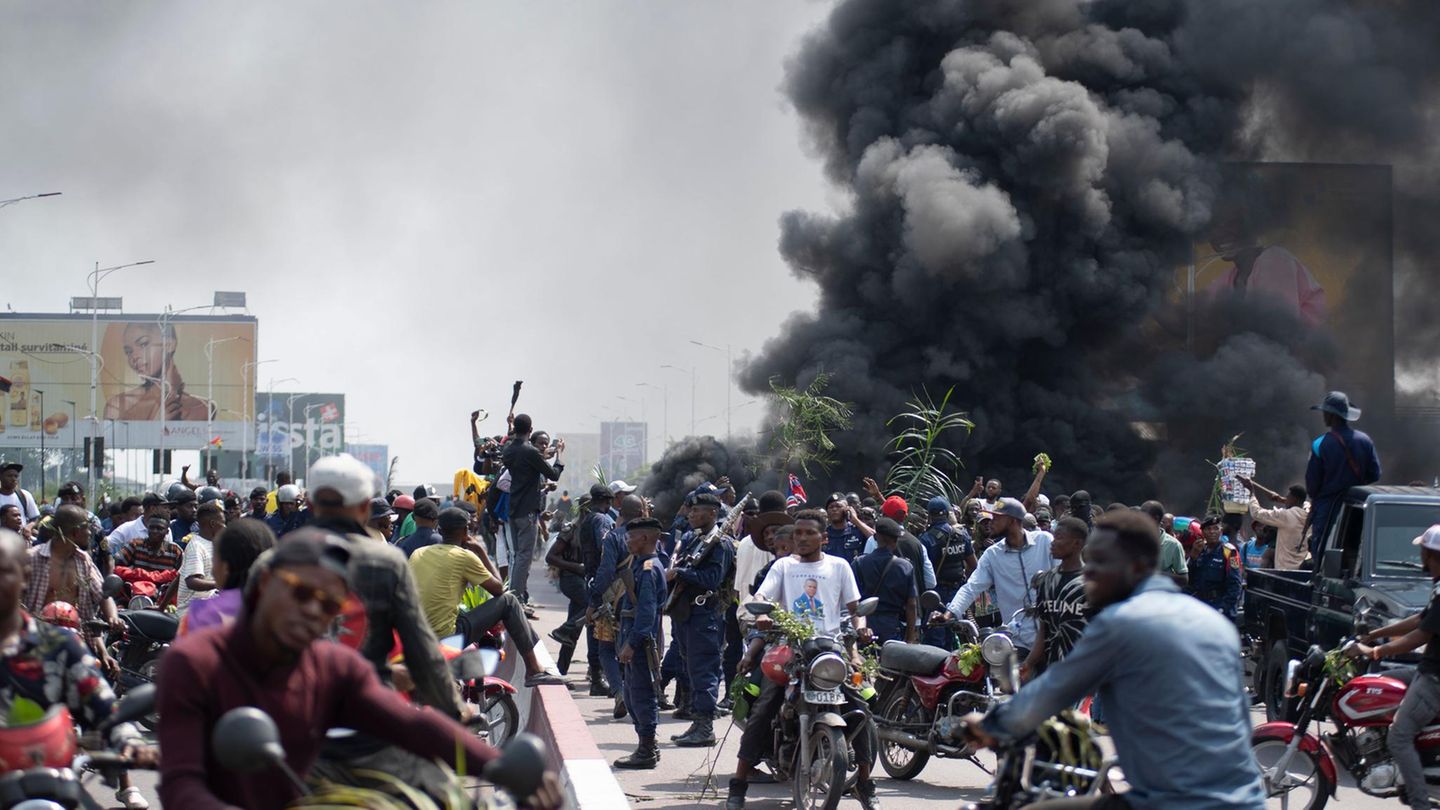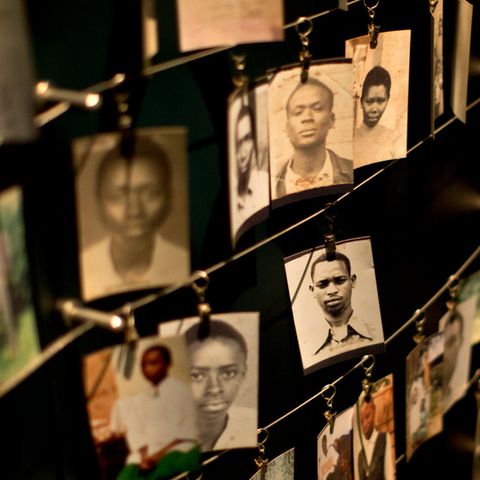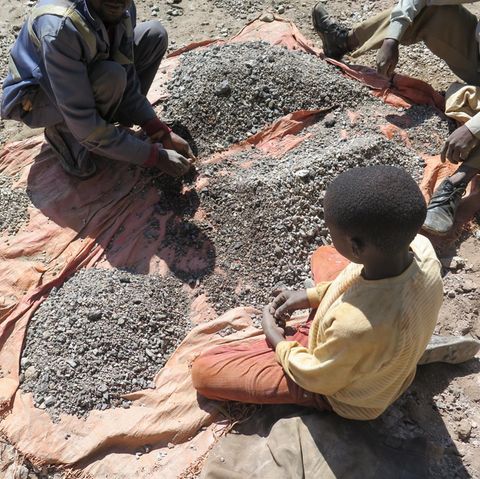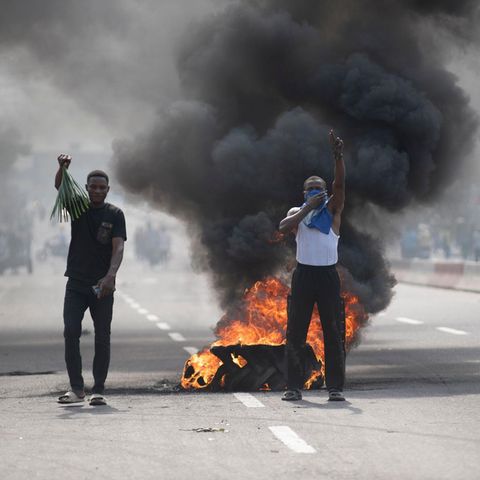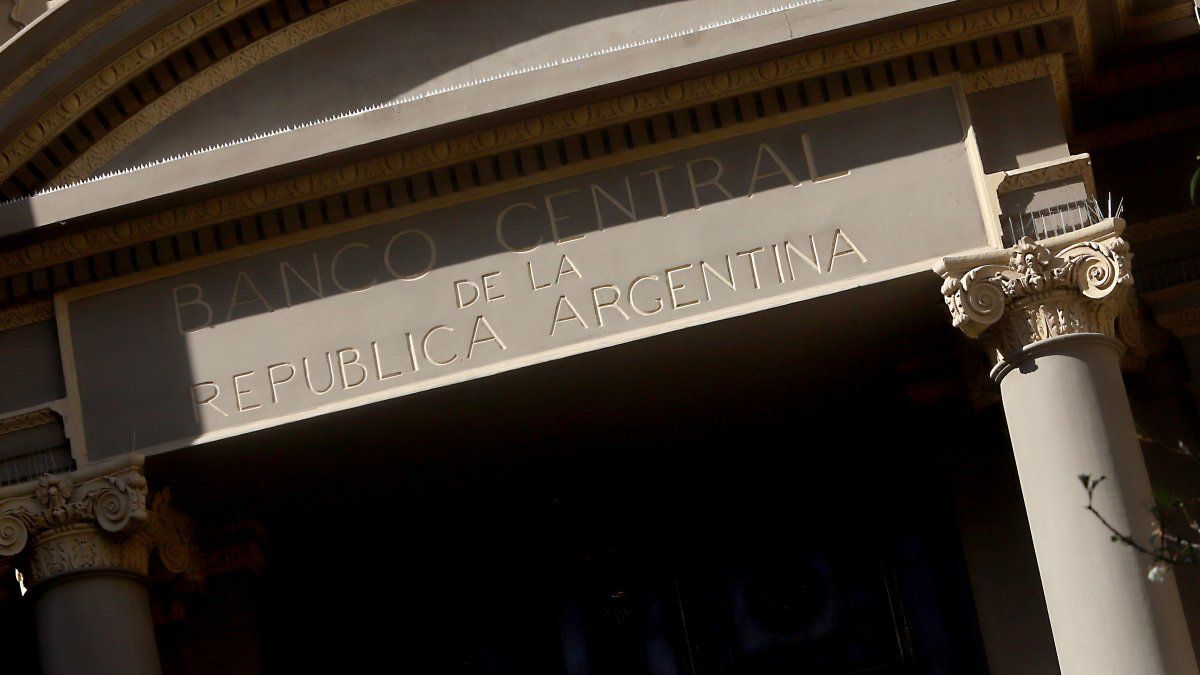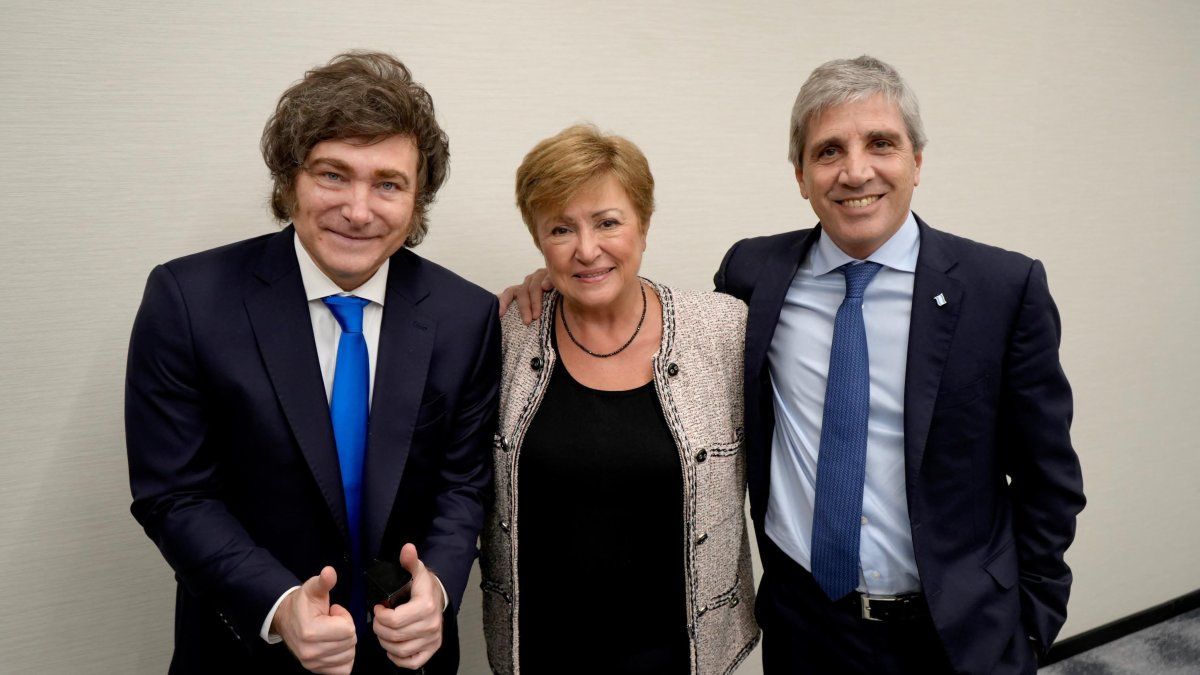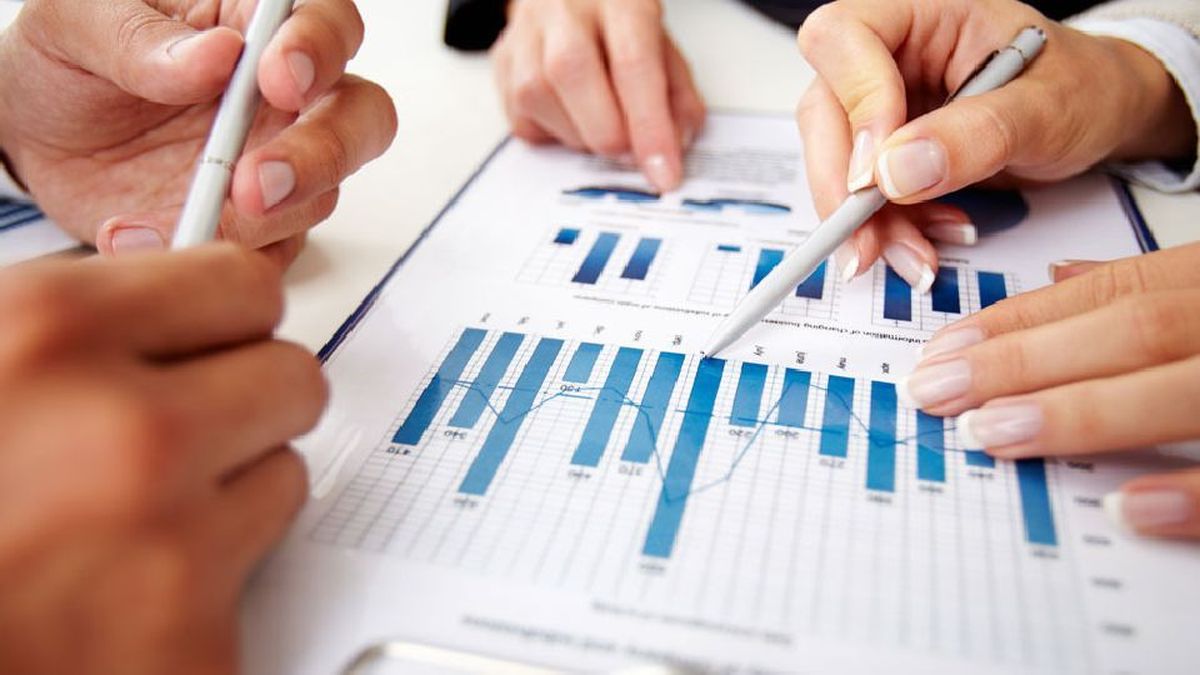Power struggle in Africa
What’s going on in the Democratic Republic of Congo?
Copy the current link
Hardly any country has as many raw materials as the Democratic Republic of Congo. But the resources have been competitive for years. An overview of the latest escalation.
What is the conflict in the Congo about?
The current conflict has been smoldering for years and focuses primarily on the east of the Central African country. The cause goes back to the colonial era: At that time, the Belgians kidnapped communities of the Tutsi as workers to the Congo. Since then, traditional cattle breeders have been competing with farmers around the country. Today around 200 ethnic groups live in the Congo. Politicians, the military and business people play out against each other to expand their own power in the Eastern Congo. The conflict has always escalated in the past 20 years. More than 100 different militias fight for power, money, influence
Now, in January 2025, the never really pacified conflict has gotten back to: rebel groups and the government of the neighboring country Rwanda accuse the Congolese government of wanting to wipe out the Tutsi.
Who is fighting who?
The main parties to conflict are the army of the Democratic Republic of Congo (not to be confused with the significantly smaller Republic of Congo in the West) and the Miliz Mouvement du 23-Mars-better known as a rebel group M23. The militia wants to be recognized as a political group and builds on government structures in the areas controlled by it. The majority is made up of Tutsi members and is supported by the government in Rwanda and its President Paul Kagame-also Tutsi.
All of this is also related to the genocide in Rwanda in 1994. At that time, fanatical Hutus murdered hundreds of thousands of Tutsis, surviving fled into the neighboring country Congo. There, a rebel army formed under the leadership of today’s President Kagame, which finally plunged the Hutu regime in Rwanda. The Hutus then fled to the east of the Congo. Kagame justifies his support of the rebels in the Congo with the fact that, in the province of North-Kivu, the peoples set up again, but in fact it is also about money and raw materials that are illegally transported to Rwanda.
Rwanda has now stationed 4,000 own soldiers and modern weapons in the Eastern Congo. Uganda also supports the militia. The Democratic Republic of Congo receives military support from South Africa, Malawi, Tanzania and Burundi. In addition, the army pays militias in the Eastern Congo so that they fight the M23. There is also a large UN peacekeeping force, the Monuscu, which is largely powerless.
Why has the conflict escalated?
Angola conveyed in the peace negotiations between the two countries. But these failed in December 2024. Then the battles escalated on the border with Rwanda. On Monday, fighter of the Miliz M23 marched into the big city of Goma. It is the greatest escalation since 2012.
The location escalated not only in the east of the country. In the Congolese capital Kinshasa, the rise of the rebels triggered angry protests: demonstrators attacked several messages on Tuesday, including the representations of Rwanda, France, Belgium and the USA. The demonstrators accuse Western governments of not using their influence on neighboring Rwanda in order to contain the rebel attacks in the Eastern Congo.
What role do the raw materials play?
The Congo is considered one of the most raw material -rich countries in Africa, and it is no coincidence that the conflict is particularly evident in the east of the country. Because in the province of North-Kivu there are some of the rarest and most valuable metals in the world.
Of the cobalt deposits available worldwide. The ore is in laptops and smartphones and is indispensable for batteries. In addition, copper and tantalum are also among the exports. Diamonds, gold, nickel and Coltan are also in the Congolese soil. With the resources, the conflict parties also finance the war in the region.
The M23 militia and its allies fight for further access to the mineral resources in the provinces of North and South Kivu. Among other things, the rebels occupy the mining city of Rubaya, from which the country exports the majority of the Coltan.
Sometimes the and through Rwanda and Uganda are smuggled before they are officially offered in world trade.
What does the conflict of people in the Congo mean?
The struggles for the raw materials have triggered a humanitarian crisis. It is estimated that the recent escalation drove about half a million people in the Eastern Congo at the beginning of the year.
The situation in the big city of Goma is particularly dramatic. It is considered a contact point for aid organizations and inland refugees. Even before the M23 attack, the humanitarian situation there was precarious: the refugee camps are overcrowded. Access to food, water or medical care has long been extremely critical.
In addition to the residents, more than 300,000 people now flee from camps for displaced people near the city, reports the UN Nothilfebüro Ocha in Geneva.
According to Congolese authorities, more than a hundred people have been killed in the bloody street fights. Almost a thousand others are said to have been injured. Foreign Minister Kayikwamba Wagner reported more than a hundred patients who were admitted to the Red Cross hospitals within 24 hours. Aid organizations and doctors report countless corpses in the streets of Gomas. There are also reports of rape and looting.
Since the outbreak of thousands of prisoners from a prison on Monday, the security situation in the city has deteriorated.
In the night from Tuesday to Wednesday, the situation in the city’s external districts calmed down somewhat, residents report. Internet, electricity and water are still switched off.
What’s next?
Politicians, religious leaders and aid organizations have sentenced the escalation in the Democratic Republic of Congo. US Secretary of State Marco Rubio urged Rwanda’s President Kagame on a phone call to end the fights immediately. Kagame spoke in online service X of a “productive conversation” and emphasized the “need to ensure an armistice in the east of the Democratic Republic of Congo and to fight the causes of the conflict once and for all”.
The Congolese head of state Felix Tshisekedi has so far been silent. His government described the offensive in the city of Goma as a “Rwanda declaration of war” and emphasized that “a bloodshed” had to be prevented.
Kenya convened a crisis summit between Rwanda and the Democratic Republic of Congo for Wednesday. Both countries had demolished all diplomatic relationships in the past few days and called back their respective diplomats.
Source: Stern
I have been working in the news industry for over 6 years, first as a reporter and now as an editor. I have covered politics extensively, and my work has appeared in major newspapers and online news outlets around the world. In addition to my writing, I also contribute regularly to 24 Hours World.

